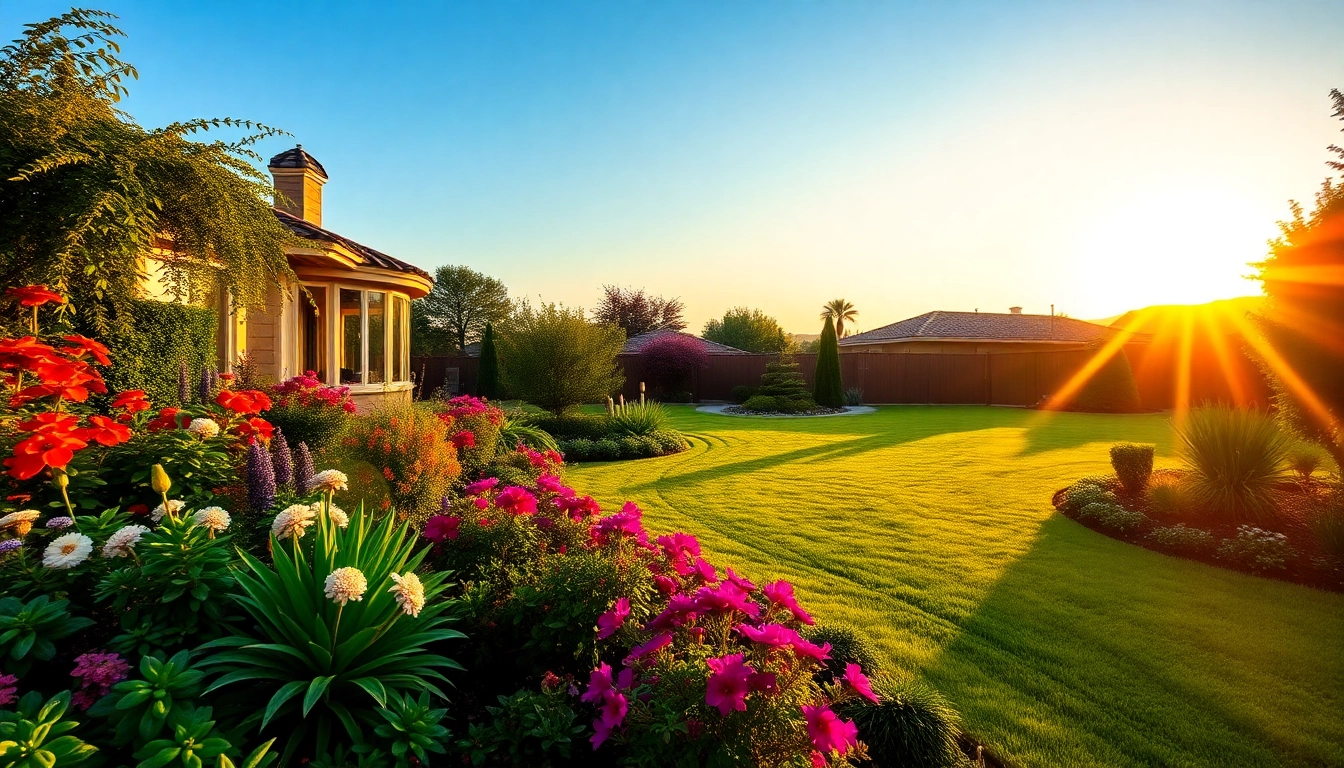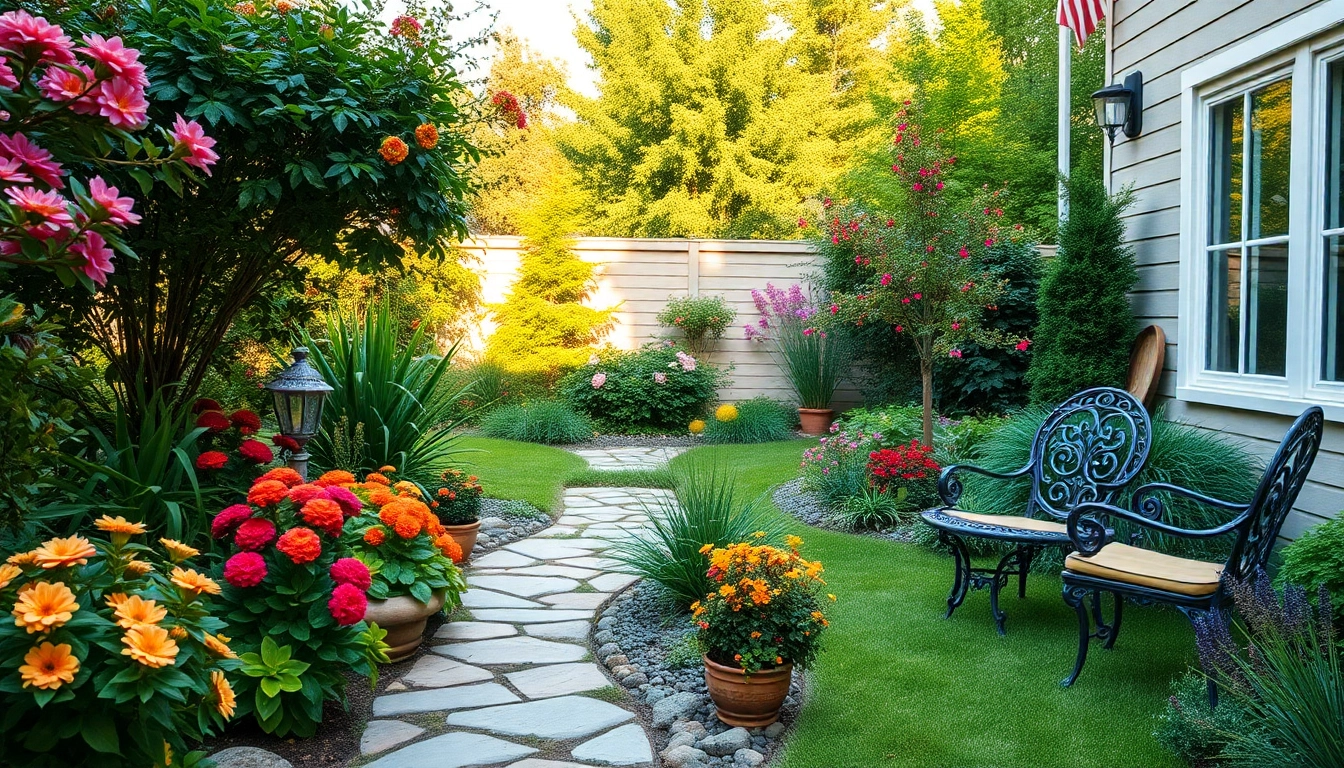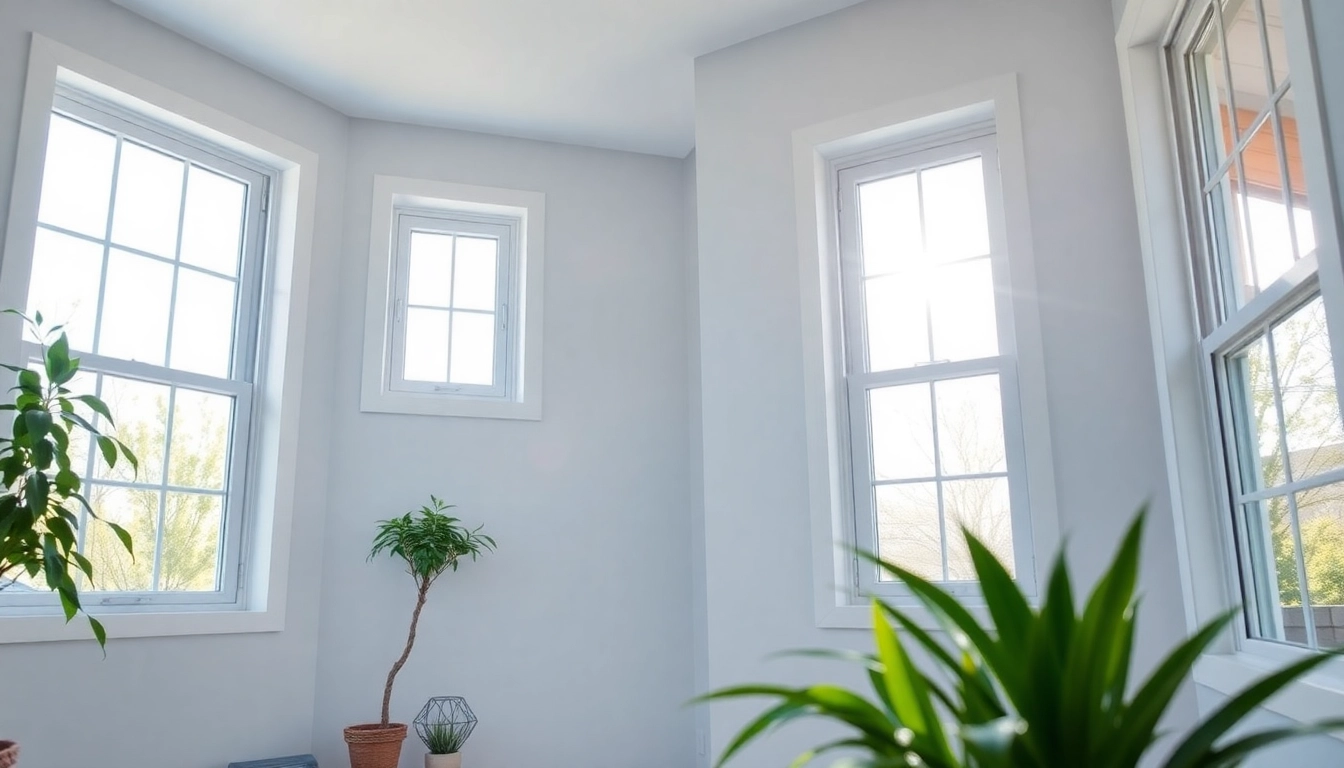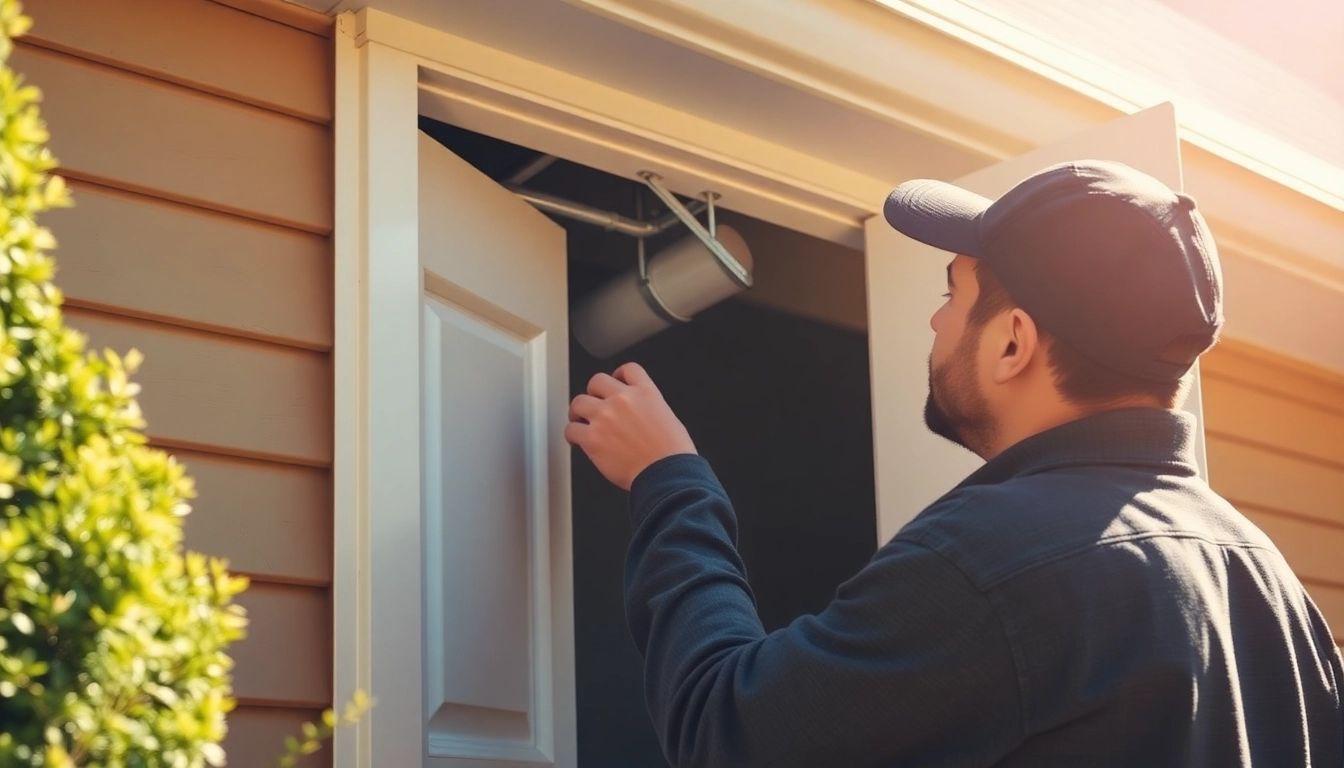1. Overview of Landscaping Company Pricing
When considering landscaping services for your home or business, understanding landscaping company pricing is crucial. Your landscape not only enhances the aesthetic appeal of your property but also contributes to its value. However, pricing can vary significantly based on numerous factors, including the type of services required, the complexity of the project, and geographical location.
What Influences Landscaping Costs?
Several factors influence the cost of landscaping, and being aware of these can help you make informed decisions. Here are some key elements:
- Materials: The type of materials used—such as decking, pathways, plants, and soil—can greatly affect pricing. High-quality, natural stones or exotic plants typically come with a higher price tag than standard options.
- Labor: The cost of labor can vary depending on the landscaping company’s reputation, the skills of the workers, and the project’s complexity. Complex designs often require more skilled labor, thus increasing costs.
- Project Size: Larger projects generally have a higher overall cost but can sometimes benefit from bulk pricing for materials or labor, leading to lower per-unit costs.
- Time of Year: Seasons can influence pricing. For instance, landscaping costs may be higher during peak seasons (spring and summer) when demand is greater.
Typical Pricing Models Used by Companies
Landscaping companies often adopt different pricing models based on their business strategies and the services they offer. The common pricing structures include:
- Flat Rate Pricing: This model provides a fixed price for specific services, making it easier for customers to understand upfront costs. It’s particularly common for defined services such as lawn mowing or garden cleanup.
- Hourly Rate: Many companies charge an hourly rate for their services. This is prevalent for tasks that don’t have a clear scope or can vary in length, like maintenance jobs.
- Per Square Foot Pricing: For installation services, many companies calculate costs by square footage. This is common for projects involving sod installation or paving driveways.
- Project Pricing: For more intricate projects, landscaping companies may provide a project-based quote, considering labor, materials, and time.
Comparing Local vs National Pricing
Pricing for landscaping services can differ greatly between local and national companies. While national companies may offer standardized pricing across regions, local companies typically adjust their rates based on local market conditions.
Understanding these variabilities is crucial for determining the best option for your landscaping needs. Local companies might provide a personal touch and knowledge of local plants, soil, and climate, potentially leading to better outcomes for your landscaping projects.
2. Breakdown of Common Landscaping Services
Landscaping encompasses a wide variety of services. Below, we provide a breakdown of common services and their associated costs.
Installation Costs: What to Consider
Installation services can include anything from sod and plant installation to hardscaping features like patios and retaining walls. Here’s what to consider:
- Sod Installation: Costs generally range from $1 to $2 per square foot, depending on the type of sod and preparation required.
- Plant Installation: Depending on the size and type of plants, installation costs can vary dramatically. Small shrubs might cost around $25, while larger trees could run from $150 to $400.
- Hardscaping: The installation of stone pathways, patios, or walls varies significantly. Expect to pay between $10 to $50 per square foot based on materials and complexity.
Maintenance Services: Pricing Insights
Regular maintenance is essential to keep your landscaping looking vibrant. Maintenance services may include lawn care, pruning, mulching, and pest control. Below is a rough pricing guide:
- Lawn Care: Most companies charge between $50 and $70 for a standard lawn service, including mowing, edging, and blowing.
- Pruning: Pruning costs can vary, with an average of $150 for a few hours of work on shrubs and smaller trees.
- Pest Control: Depending on the scope of treatment, expect to pay $100 to $300 for pest control services.
Additional Features and Their Impact on Pricing
Many clients seek additional features to enhance their landscape further. These can include water features such as fountains or ponds, outdoor lighting, and seasonal decorations. Each of these features can significantly impact overall landscaping pricing:
- Water Features: A simple fountain may cost around $500, while larger ponds or waterfalls can run into thousands of dollars.
- Outdoor Lighting: Installing outdoor lighting can range from $150 for simple setups to $2,000 or more for comprehensive systems with multiple fixtures.
- Seasonal Enhancements: Annual flowers, decorative planters, and seasonal themes can accrue additional costs based on design complexity and plant types.
3. Factors Affecting Pricing Variations
Several factors come into play when determining landscaping costs; understanding these can help homeowners budget more effectively.
Seasonal Pricing Trends in Landscaping
Landscaping prices can fluctuate based on seasonal demand. Typically, spring and early summer, recognized as peak seasons for landscaping, see an increase in pricing: supply and demand dynamics play a crucial role in this trend.
During off-peak months, many companies may offer discounts to entice clients, often leading to budgeting opportunities for homeowners looking to save costs without sacrificing quality.
Geographic Considerations in Pricing
The geographic location of your property can substantially influence landscaping costs. Pricing varies based on regional climate, availability of materials, and typical local landscaping practices. For example:
- Urban vs Rural: Urban areas might have higher labor costs due to demand and living expenses. Conversely, rural areas may boast more competitive pricing.
- Climate Suitability: Certain plant types may be more readily available (and cheaper) in regions where they thrive, impacting plant installation costs.
- Regional Trends: Landscapers in regions with higher competition may provide cheaper rates to stand out, while regions with fewer options might see elevated prices.
Project Complexity and Scope
The complexity of your landscaping project directly affects pricing. More intricate designs that involve several elements generally require more time and skilled labor:
- Design Complexity: Custom designs involving significant landscaping features or unique themes will naturally be more expensive than basic yard maintenance.
- Preparation Work: Projects requiring extensive land preparation, including grading, drainage solutions, and erosion control, often bring higher costs.
- Permitting and Regulations: Some large projects may require permits, special inspections, or adherence to local regulations, which can incur additional costs.
4. Tips for Getting Accurate Quotes
Obtaining accurate quotes is essential to ensuring you don’t overspend on your landscaping project. Here are some tips to help you navigate the process:
Questions to Ask Your Landscaping Company
Having the right questions prepared can help you uncover important details about project pricing:
- What services are included in the quote?
- Are there any potential additional costs not covered in the estimate?
- How do you calculate your pricing?
- Can you provide references or examples of previous work?
Understanding Estimates: Line-by-line Breakdown
A thorough estimate should offer a breakdown of costs, allowing you to see how the total price is calculated. Look for:
- Material Costs: A list of all materials to be used, including specifications and prices.
- Labor Costs: The estimated hours of labor and hourly rates or total labor costs.
- Additional Costs: Any extra services or features included in the total estimate.
Best Practices for Budgeting Landscaping Projects
Proper budgeting can prevent unforeseen expenses during your landscaping project:
- Establish a Budget: Determine a clear budget beforehand, including a cushion for unforeseen expenses—typically 10-20% of your project budget.
- Get Multiple Quotes: Consult with at least three landscaping companies to obtain varied pricing. This also helps you gauge average costs in your area.
- Prioritize Projects: Focus on the features that matter most to you. Consider breaking larger projects into phases if your budget is limited.
5. Conclusion: Making Smart Decisions on Landscaping Pricing
Understanding landscaping pricing can seem overwhelming, but it’s crucial for making informed decisions that save money and enhance your property’s appeal. By recognizing the factors that influence costs and actively engaging with potential landscaping companies, you can feel confident about the direction you take.
Evaluating the Value of Professional Landscaping
While professional landscaping can require a significant investment, consider the long-term benefits, such as increased property value, improved outdoor enjoyment, and enhanced curb appeal. The right landscaping can turn an ordinary yard into an extraordinary retreat.
How to Avoid Common Pricing Pitfalls
To ensure you receive a fair price and avoid common pitfalls:
- Always solicit multiple estimates for comparison.
- Understand the differences between various service offerings.
- Don’t hesitate to negotiate for better terms, especially if you’re investing in extensive projects.
Your Next Steps for a Beautiful Landscape
Whether you’re planning a small garden upgrade or a complete overhaul of your outdoor space, gathering necessary information and asking the right questions will lead to a satisfying and successful landscaping experience. Begin your journey with a clear idea of what you want and the budget you can pour into your project, setting the stage for a beautiful landscape that complements your lifestyle and increases your property value.



